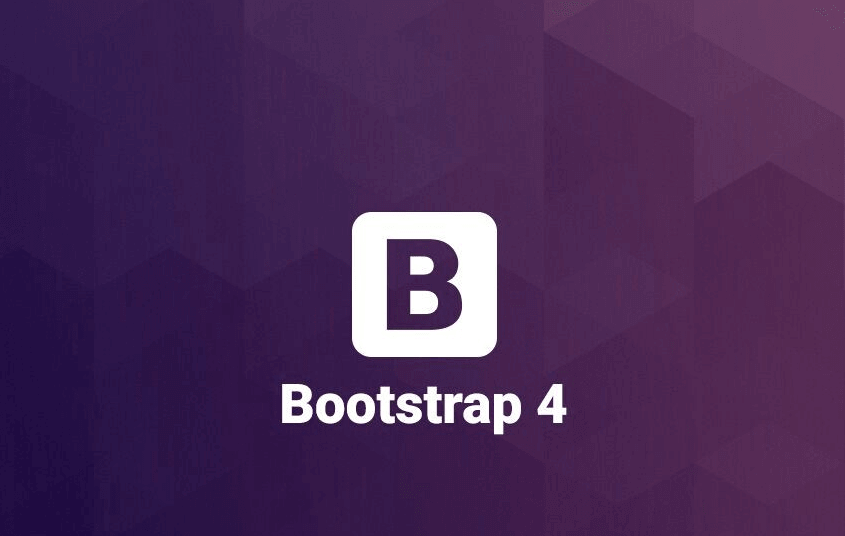Should I Use A CDN For Bootstrap 4? (New Devs)

As a new frontend developer, you may or may not have an interest in building websites that are light and optimized to load smoothly. However, adding dependencies such as Bootstrap and other JavaScript libraries will most likely appeal to you. Luckily You can shed a lot of the weight that comes with these libraries off your server by loading them through a CDN.
What Is Bootstrap 4?
Bootstrap is one of the most popular and stable open-source frontend web design libraries in use today. It started as a simple project out of Twitter and has since gone through many changes and become a robust and heavily used library today. Most frontend developers are still using Bootstrap 4 as the most stable version and so should you.
Bootstrap helps you create beautiful and organized web interfaces without having to write your CSS and commonly used JavaScript functions and plugins from scratch. It’s essentially a ready-made web interface library with dozens of pre-written stylesheets and JavaScript files that have a modern structure according to Twitter’s design philosophy for the web.
There is a heavy inclination towards using a grid system on Bootstrap where elements are placed in a very specific order and adhere to strict sizing, padding, and margins.
How You Use Bootstrap 4
Even as new versions come out, you are free to use any version of Bootstrap you want depending on your design needs. There are several ways you could choose to include Bootstrap as your primary design library.
One option is to download the entire Bootstrap library with all the CSS and jQuery libraries zipped and ready to be added to your web server folders. However, this option is not ideal for modern web interfaces for the following reasons:
It might affect your website’s loading speeds on slow or average connections/limited hosting bandwidth- Bootstrap is not a very heavy frontend library but it does have a significant toll on bandwidth. Hosting it on your web server might impact your page-load speeds. In today’s web, any slight dip in page load speeds is not desirable from your visitor’s side and as a ranking factor.
You will not benefit from cached Bootstrap files on user browsers- Bootstrap 4 has been around for some time and probably been downloaded from CDNs by millions of users. This means your visitors may already have the library cached on their browsers.
However, these browsers might not recognize your self-hosted libraries and avoid redownloading them to render your website. By using an already recognized CDN URL for Bootstrap 4, you will allow your clients’ browsers to use a cached version which will have a significant boost on your page-load speeds.
You won’t be able to save on space and server bandwidth- This might affect you if you are on a limited server hosting setup or using flexible cloud hosting. You will not make any savings from your hosting arrangement if you decide to host all your libraries on your server. Taking advantage of CDN resources would save you a lot of money in the long run.
Why You Should Use A CDN For Bootstrap 4
All the self-hosting shortcomings described above can be eliminated if you decide to use a CDN for your libraries/dependencies or websites. From improving page load speeds to taking advantage of cached libraries, saving on space to high availability; these are all benefits of using a content delivery network.
How to Use Bootstrap CDN
There are two ways you can use Bootstrap on a content delivery network. One method involves putting your entire website or app behind a CDN thus allowing Bootstrap 4 to be loaded from the servers alongside other assets such as videos and pictures. The second option is to point to CDN-hosted version of Bootstrap 4 on an open source content delivery network in your code as shown in the example below.
<!-- Latest compiled and minified CSS -->
<link rel="stylesheet" href="PUT BOOTSTRAP 4 CDN URL HERE">
<!-- jQuery library -->
<script src="https://ajax.googleapis.com/ajax/libs/jquery/3.5.1/jquery.min.js"></script>
<!-- Latest compiled JavaScript -->
<script src="PUT BOOTSTRAP 4 JS CDN URL HERE"></script>
What A CDN Does for You
A CDN is made of several geographically dispersed servers that take individual snapshots of the various assets on your website and store them. The CDN will serve any visitor coming to your website with the latest snapshot of your web assets. In addition to that, visitors will load your website from a CDN server closest to them which has many advantages with faster page loading being the biggest one.
In terms of libraries like Bootstrap 4, most content delivery networks will have the library already present on all servers on their network and accessible through a common URL. This means any web browser requesting for the library will use this URL and might eventually download it to their cache for faster loading.